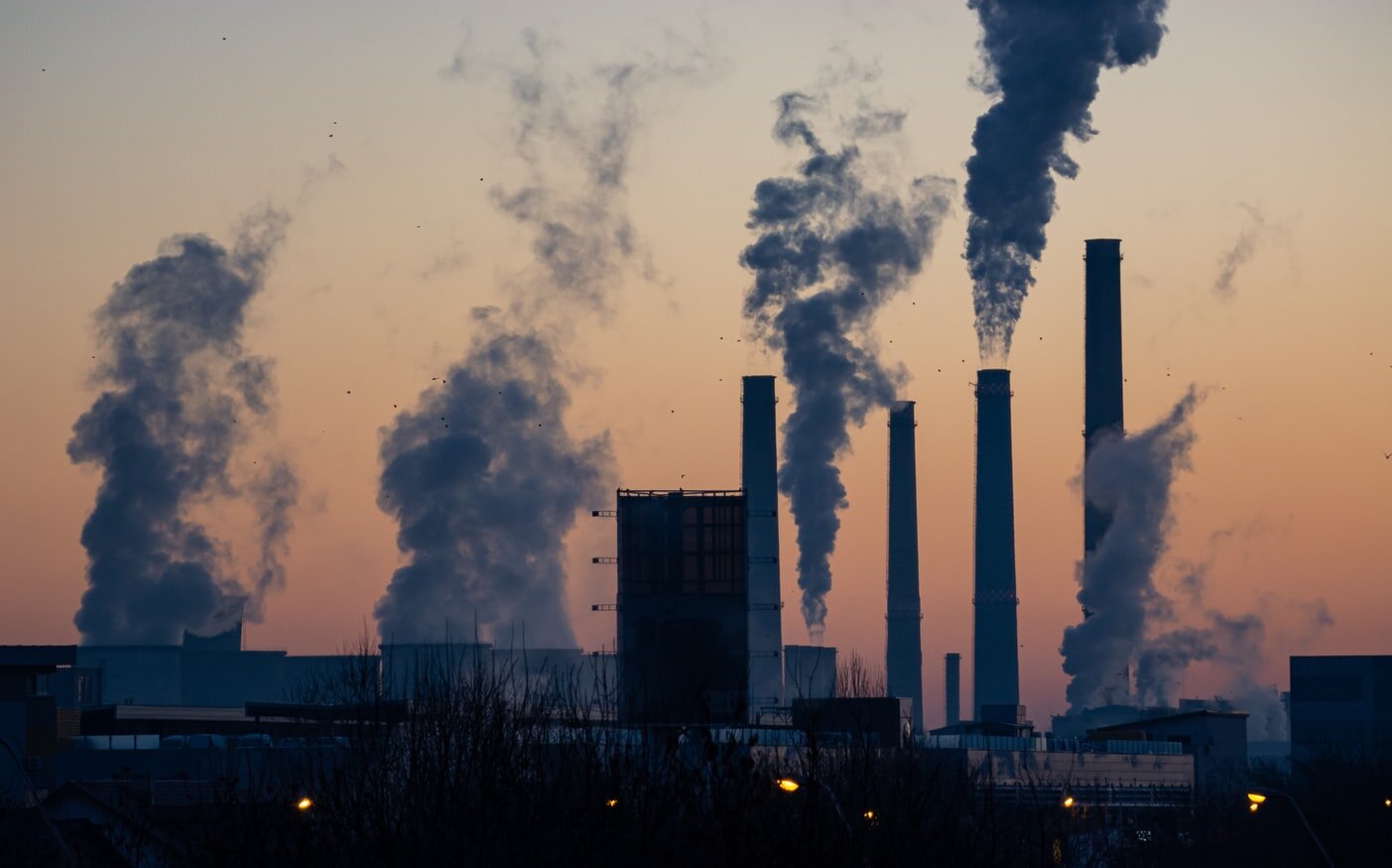August 15, 2021
This Week in Human Rights News
People of colour on the frontlines of the climate and environmental justice movement
Sources: IPCC, Princeton, National Geographic, Hyattsville Wire, REIMAGINE, Environmental Justice / Environmental Racism, The World, Open Democracy
This week, the Intergovernmental Panel on Climate Change (IPCC) released its most recent report on the status of the climate system and climate change, confirming that climate change has and will continue to affect humans in every region of the world for many years to come. But who feels the effects of climate change the most?
Natural disasters, pollution, and rising temperatures disproportionately affect the world’s marginalised and poorest communities, which are largely communities of colour.
Conservation efforts that have received the most recognition have also been, for the most part, White-centred. This approach to environmentalism tends to disregard the harmful role of racism, as well as gender, in climate change and its effect on historically marginalised communities.
It has also left communities of colour, especially Black, Indigenous, and Latinx communities, out of pivotal conversations on solutions, all the while they have been on the frontlines of the environmental and climate justice movement for decades.
Environmental Justice Movement in the US
In the 1980s, the Environmental Justice Movement (EJM) was born at the same time as the release of the ‘Toxic Wastes and Race’ report in 1987. Using demographic patterning of race, the report found race to be the leading variable in the placement of hazardous waste facilities - more than income and home value.
By demonstrating that minority and low-income communities were disproportionately affected by pollution and toxic wastes, the EJM broadened the scope of the civil rights movement to include environmental racism and injustice.
In 1991, the multinational National People of Color Environmental Leadership Summit gathered Black, Asian, Latinx and Native Americans, as well as representatives from Puerto Rico, Canada, Central and South America, and the Marshall Islands, to build a movement of all peoples of colour to fight environmental destruction and pollution within their communities and draft the 17 Principles of Environmental Justice.
During the summit, representatives provided testimonies to the environmental racism and injustices that their communities faced, such as the nuclear testing and uranium mining in the Navajo Nation, and denounced the “racist practices of the green movement—which is generally viewed as white, middle- and upper-class, and insensitive to the needs and agendas of people of colour”.
Today, environmental racism continues to be an issue in the United States and worldwide. In 2007, an updated report was published, demonstrating that the racial and socioeconomic disparities in the distribution of hazardous and toxic waste facilities identified in 1987 had not only persisted, but gotten worse.
Environmental justice activists continue to advocate for solutions that include both the environment and people. Much of this knowledge has existed for centuries and has not been acknowledged due to racism, oppression, and historical genocide. For example, even though Indigenous peoples across the globe make up 5% of the world’s population, they protect 80% of global biodiversity. As the fight against climate change ramps up, it is crucial to push for solutions that acknowledge the intersectional nature of climate justice.

